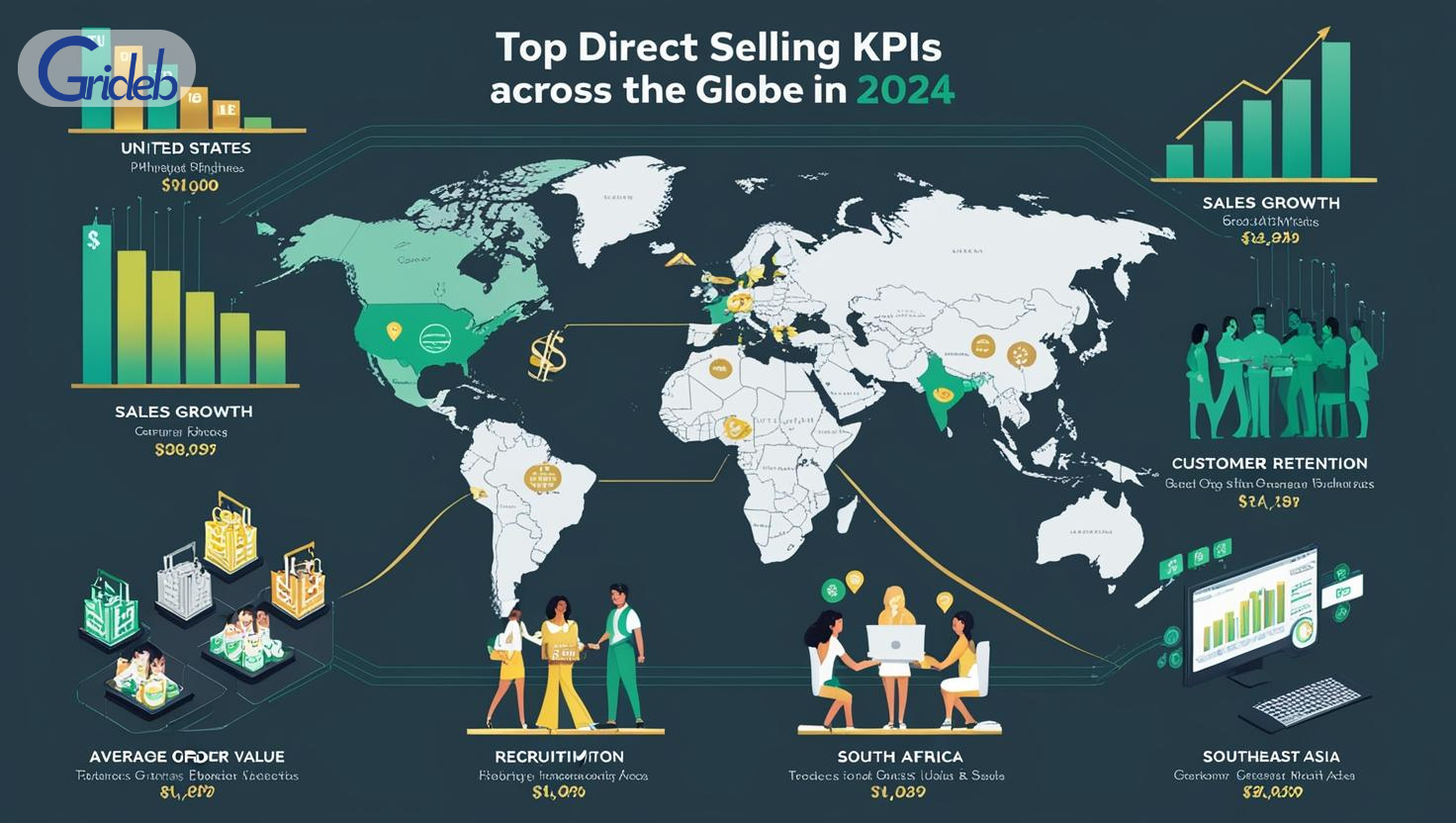Exploring Direct Trading Method: Gains and the Process
.png)
Exploring Direct Trading Method: Gains and the Process
Introduction
One of the most old and new boom ways of exchange of goods or services, with the technological advancement and rise of peer-to-peer platforms, people and businesses tend to welcome this simple, transparent, and middle-free way of trading. There is a cut of a middleman, making the experience personal and cost-effective, suitable for those that care about simplicity and connection.
What is Direct Trading?
At its core, it's two parties coming together to trade in goods or services—a middleman never gets his money's worth. Where most commerce goes through levels and levels of suppliers to the retailers, direct trading involves the producer and the consumer directly, which really helps both sides of the situation.
How Direct Trading Works
Take a Moment to Watch This Video
- Figure Out What You Need and What You Can Offer: Identify what you want and what you can trade. For instance, a farmer may require farming tools in exchange for extra vegetables.
- Find Someone to Trade With: You can find websites such as online barter websites, local community groups, or even trade fairs to find someone to trade with.
- Discuss and Agree on Terms: Be open to discussing what you are offering and what you expect in return. Trust and transparency are key here.
- Make the Trade: When both parties are agreed, the exchange is made. A simple receipt or agreement can also ensure things go smoothly.
- Build a Relationship: A successful trade may lead to a long-term trading partnership, which can make future exchanges easier and more reliable.
Why Choose Direct Trading?
- Save Money: Since middlemen do not take their share, you will get more value for what you are trading.
- Honest and Clear: You will have no surprises on the quality of the product or price.
- Build Trust: Face-to-face or personal exchanges naturally build trust and understanding.
- Tailored to Your Needs: You can negotiate terms that work best for you and your trading partner.
- Eco-Friendly: By trading locally, you reduce transportation and packaging waste, helping the environment.
- Support Your Community: Trading locally builds relationships and helps small businesses or local producers.
Things to Be Aware Of
- No Regulation: There's always a chance of misunderstanding or dishonesty because of the lack of a third party overseeing the deal.
- The Right Match: Finding someone who has what you need and needs what you have can take some time.
- Logistics Can Be Tricky: Determining how to store, transport, or deliver goods—especially bulk or perishable items—is tricky.
Take a Moment to Listen to This Podcast
Role of Technology in Direct Trading
The modernization of technology has made it relatively easy to achieve direct trading. The scope of direct trading has now reached the people outside their local communities through online platforms and mobile apps. Transactions have even been made safe and transparent through blockchain technology, which makes the transaction fair to all parties.
Tips for Successful Direct Trading
- Do Your Homework: Research market trends and the value of what you’re trading to make sure you’re getting a fair deal.
- Choose Trusted Platforms: Use established and well-reviewed platforms to reduce risks.
- Be Open and Honest: Clear communication is essential for a successful trade.
- Keep Records: A written agreement or receipt can prevent disputes later on.
Download PDF from here
Conclusion
Direct trading is a refreshing, efficient, and eco-friendly way to exchange goods and services. It's based on trust, transparency, and the desire to connect with others. It is about saving money as a business or an individual and at the same time helping to support local communities, the local economy, and the environment. The proper approach coupled with some little assistance from technology can help in transforming an ancient practice into a significant tool for modern use.








.png)